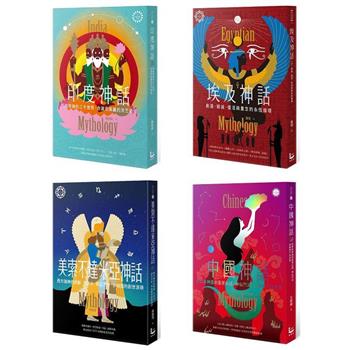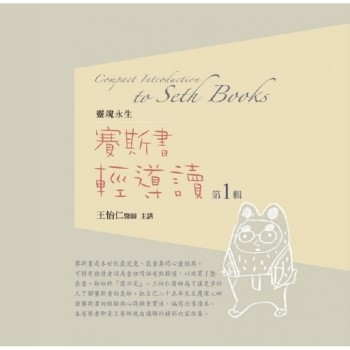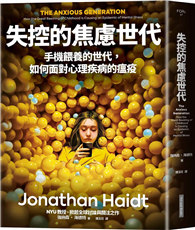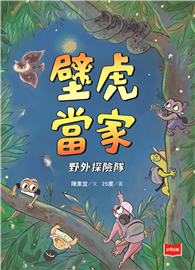With the unparalleled development of the internet in the 21st century, the world has effectively become ’one step closer’. News from one corner of the world now reaches the other in mere seconds. Media’s influence on modern society’s development continues to grow each year, shaping people’s social and psychological understanding and evaluation of their environment. The main features of contemporary media are ’creativity and innovation’. However, it has become increasingly common to encounter incorrect and harmful information within the news published in mass media and on official news websites. False, fabricated and misleading information negatively influences the audience’s mindset, disrupting relationships between people, undermining existing rules, values, and traditions within society. As a result, fake news, what experts refer to as ’disinformation’, has become one of modern journalism’s most pressing issues . ’Fake news’ is not merely a form of information but has evolved into a ’new phenomenon of the 21st century’, requiring both theoretical and practical investigation as a social issue. This book describes the theoretical foundations, philological aspects of media literacy, social impact characteristics of fake and disinformation, and dissemination technologies.
| FindBook |
|
有 1 項符合
nozim boronov的圖書 |
 |
$ 1140 | The role of media literacy in the fight against fakes and disinformation in the media space of Uzbekistan
作者:Nozim Boronov 出版社:Taemeer Publications 出版日期:2024-10-25 語言:英文 規格:平裝 / 132頁 / 21.59 x 13.97 x 0.71 cm / 普通級/ 初版  看圖書介紹 看圖書介紹
|
|
|
圖書介紹 - 資料來源:博客來 評分:
圖書名稱:The role of media literacy in the fight against fakes and disinformation in the media space of Uzbekistan
|











